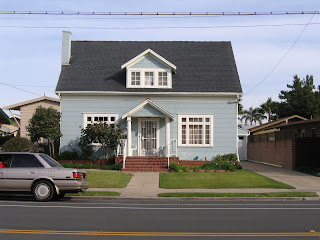Sculpture in the Expanded Field
Rosalind Krauss’s article really made me re-think how I perceive sculpture, landscape, and architecture. She first addresses that sculpture in the past was linked to a monument which connected it to the place and place. Sculpture had a purpose, a meaning, and was often vertical that was placed on a pedestal that connected it to its site. It is stated that over time this understand of sculpture changed, but in my mind figurative sculpture is simply one type of sculpture. Figurative sculpture may not be made as often as they use to be, but our understanding of that type of sculpture has not changed.
More modern sculpture is said to be separate from its site, no site, and may have no function. This is what we see more often today. It is with modern sculpture where the line between sculpture, landscape, and architecture becomes unclear. In other cultures landscape, sculpture, and architecture are intertwined, but in our culture it is harder to grasp the concept of the expanded field where one is not separate from one another. I believe our American culture has a hard time grasping this concept because we were taught to believe that there is only one. Students are in an architecture program, landscape program, or art program. Generally speaking most programs are separate from another. What isn’t talked about in this article is weather exploring or understanding the extended field actually helps create better designs. Is Richard Sierra’s work more outstanding because it does all three? I would also state that even if a design incorporates landscape, architecture, and sculpture, one is still more significant than other. Rosalind gives the example of the Japanese gardens; I would still argue that the main focus is the landscape. The architecture and the sculpture support and strengthen the landscape. Although there are many pieces that link landscape, architecture, and sculpture I would still argue depending on what its purpose is would force it to fit into one of those categories. I feel that for a designed piece to be all three would require a great understanding of each subject, which is difficult. Most designers are a master of one.
This reading really triggered my educational memories. I tried to think of the times where I was instructed to incorporate art and landscape into architecture. Landscape was always an afterthought. I just wonder if landscape and art were part of my education would I be a better architect in the future.














